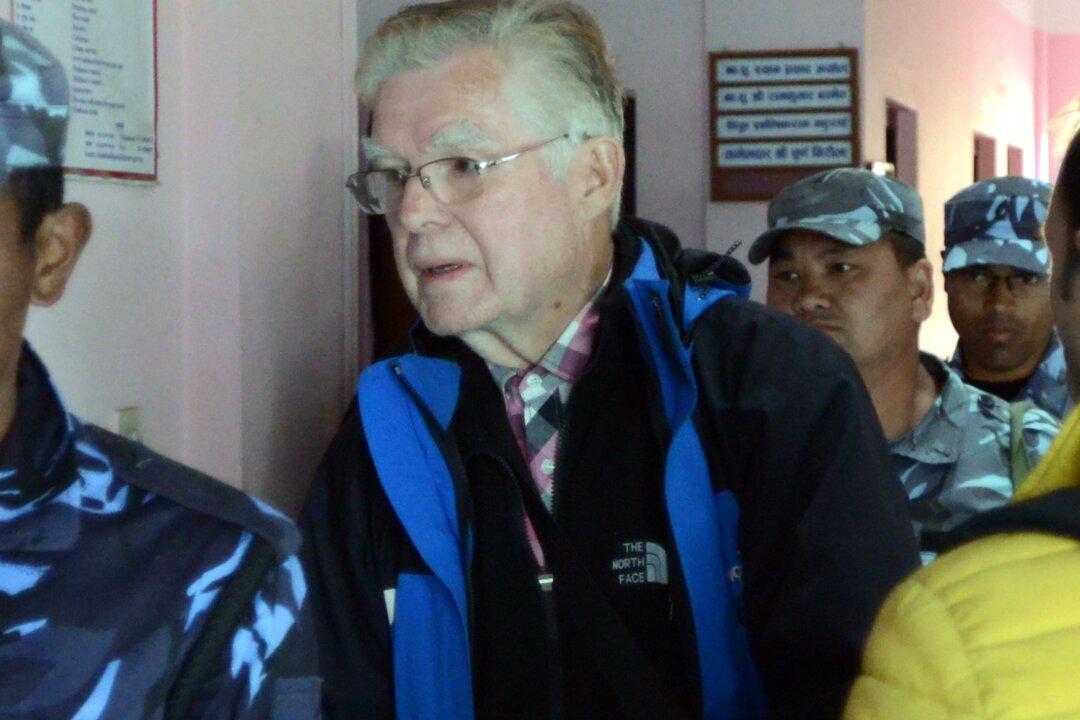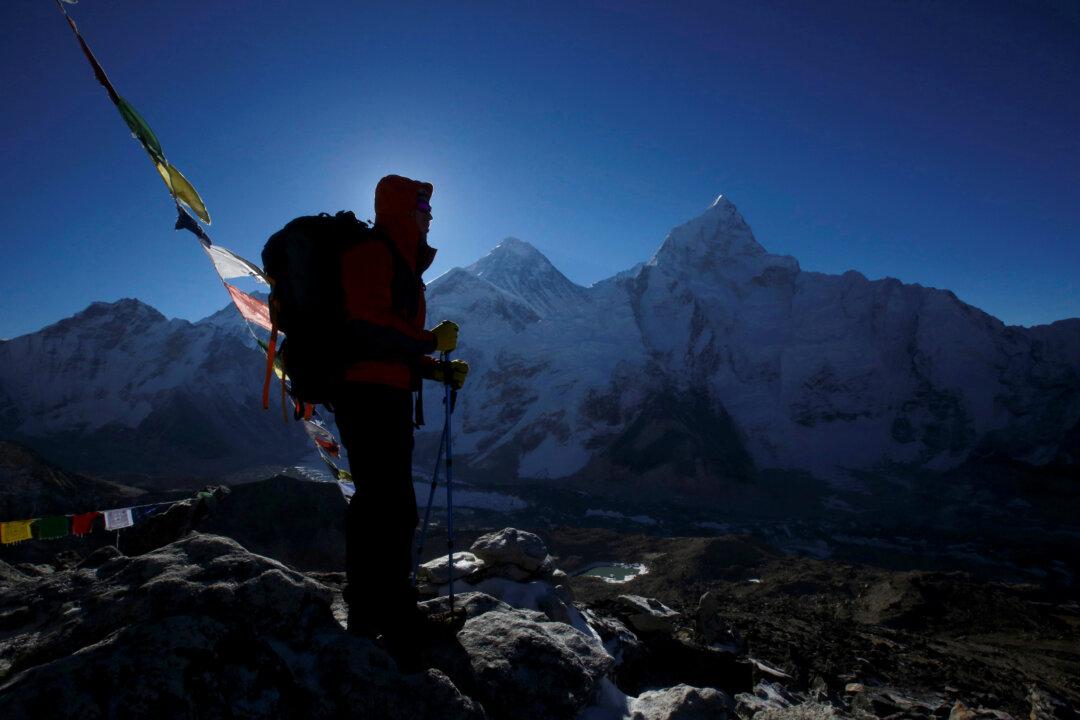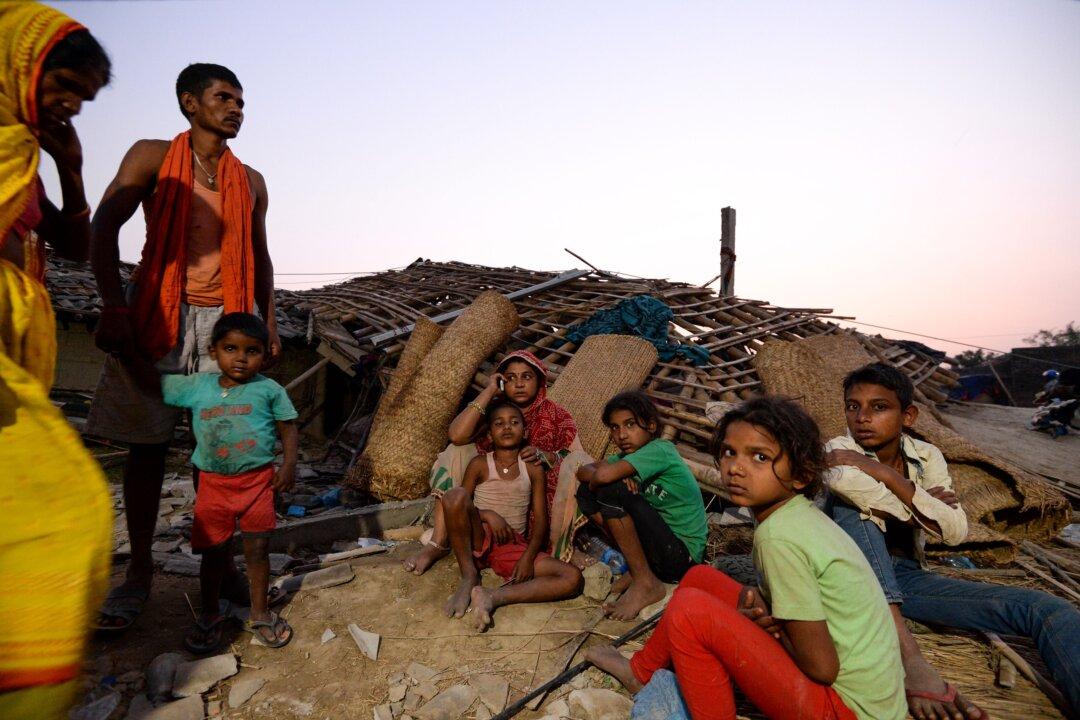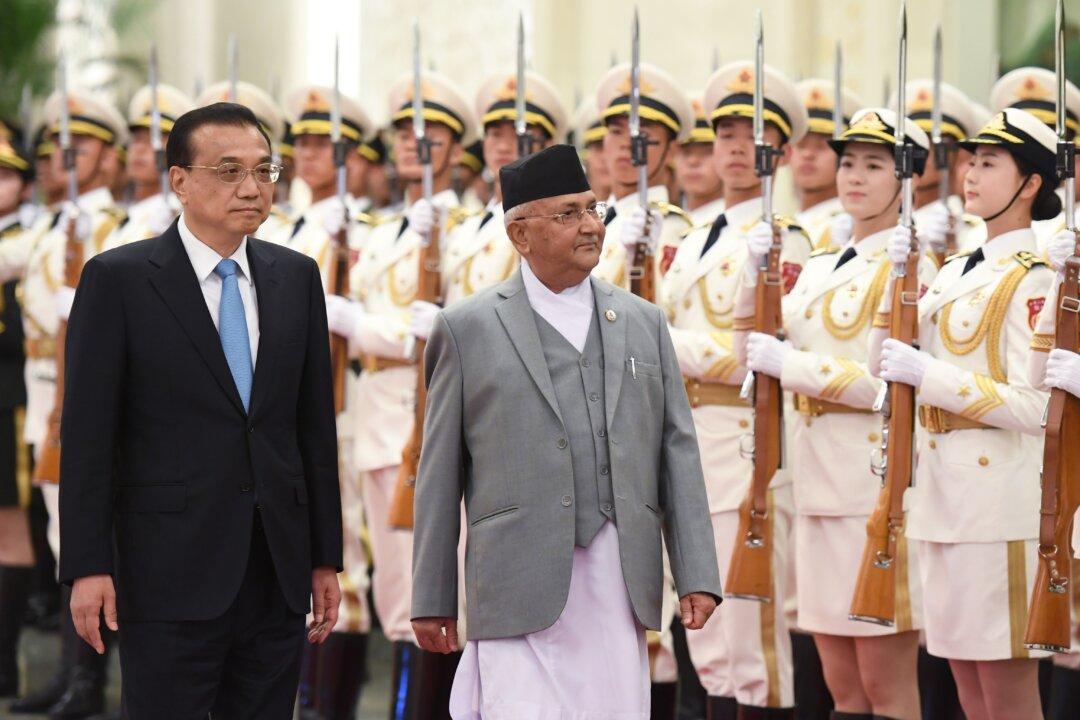KATHMANDU, Nepal—After a year of preparation, the elite South Korean climber who had already summitted 14 of the world’s highest peaks was attempting to scale a little-known mountain through a new route.
Kim Chang-ho, a bespectacled mountaineer, and his supporting team of four South Koreans and four Nepali guides had trekked through rugged mountains in mid-Western Nepal and arrived at the rarely climbed 7,193-meter-high (23,600-foot) Mount Gurja.




